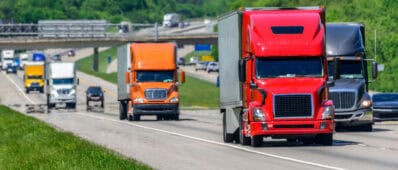Abstract
The COVID-19 pandemic brought about dramatic shifts in travel, including shopping trips. The research team investigated changes in e-shopping for food and non-food items by supplementing an April to May 2018 household travel survey (n=3,956 households) conducted by the Sacramento Area Council of Governments (SACOG) with a May 2020 follow-on panel survey (n=313 households) during one week early in the pandemic. Results demonstrate that impacts from added pickups and deliveries in the SACOG region during the first two months of the COVID-19 pandemic were limited and did not overwhelm curb management at retail, restaurant, and grocery establishments. Results also show that during the pandemic e-commerce tended to replace non-food shopping trips, but complemented restaurant and grocery trips. However, Forty percent of the sample households — predominantly lower income and/or older populations — still shopped only in-store for food while more affluent households appear to have isolated themselves from virus exposure through more extensive online shopping. The researchers recommend extending the forms of accepted payment for online shopping and reducing fees and markups based on payment methods to reduce barriers to online shopping for those with limited resources. The research paper identifies possible consequences (e.g., more vehicle miles traveled and higher demand for curbside parking) if e-commerce food purchasing continues to grow post-pandemic or if in-person retail shopping returns to normal.





